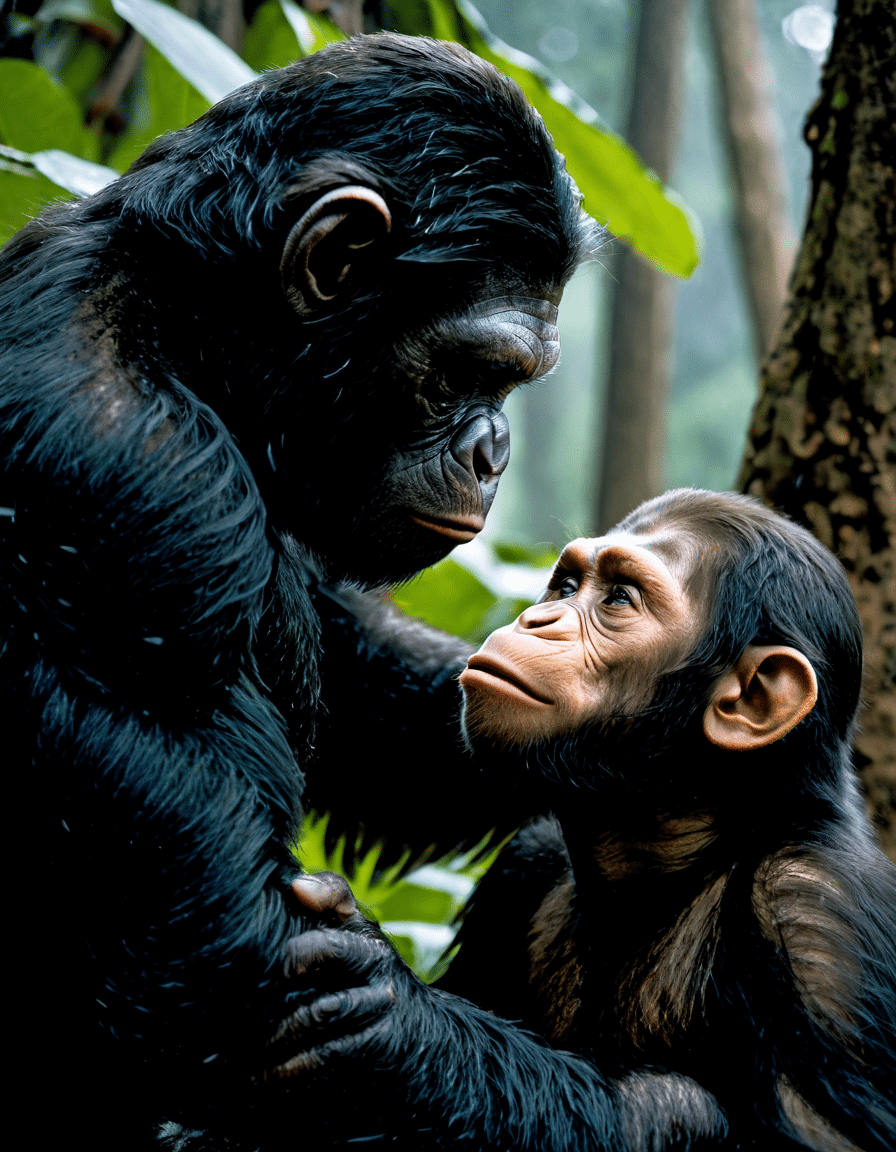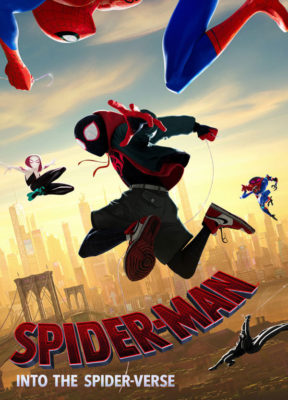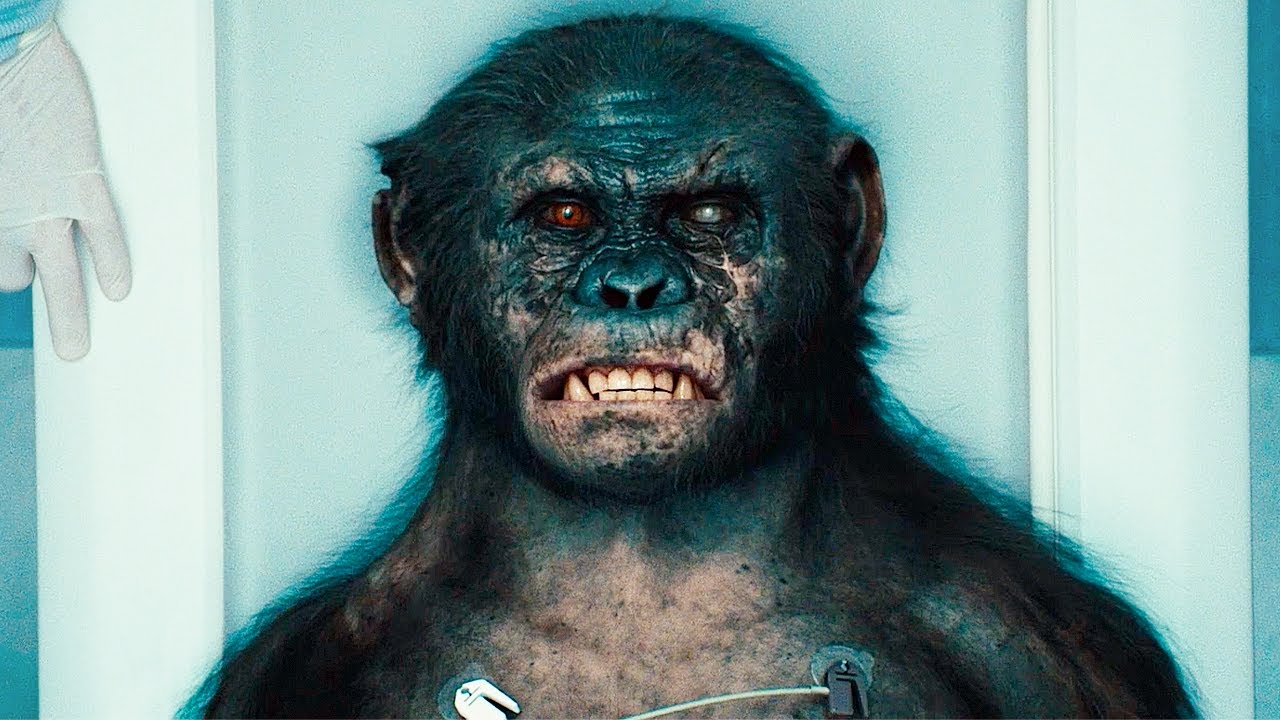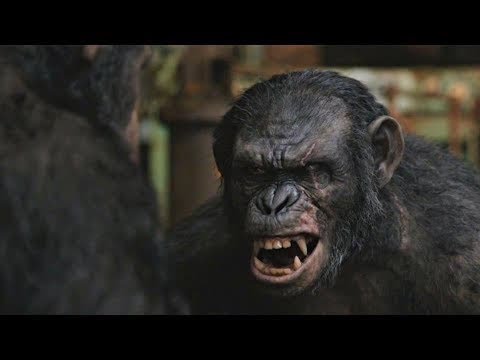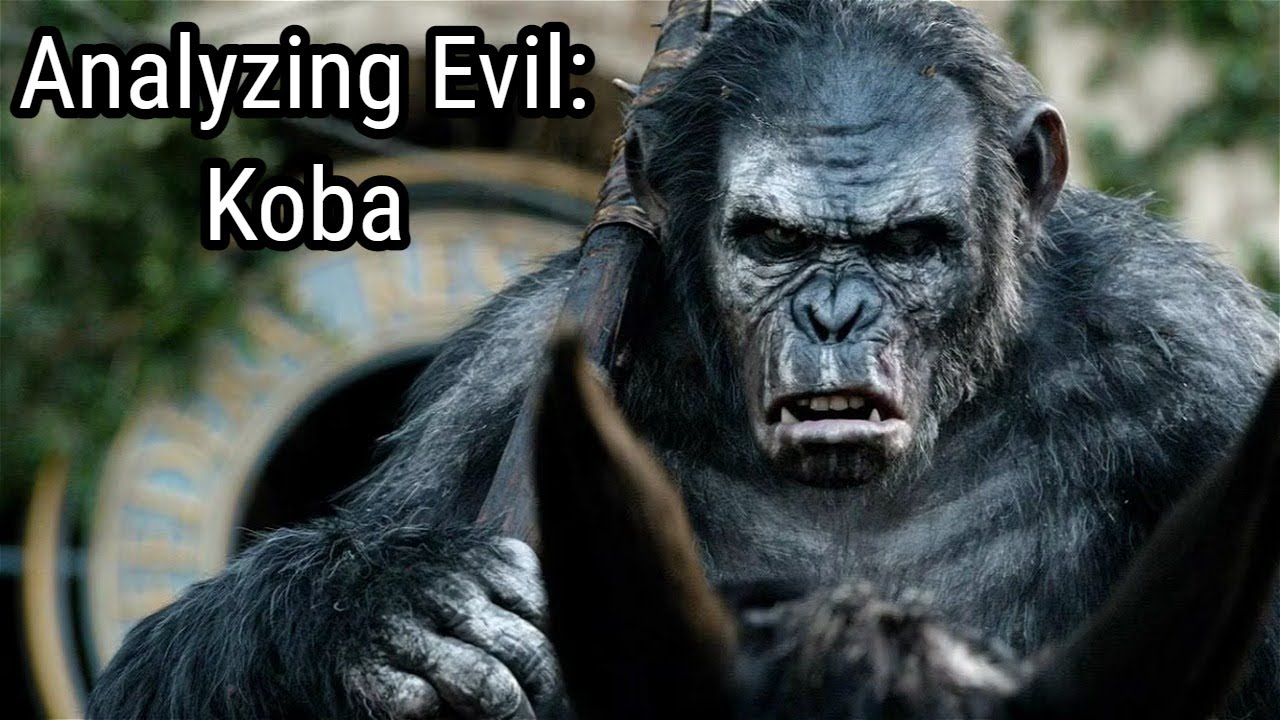
Koba Planet Of The Apes The Complex Villain Behind The Fury
Koba from Planet of the Apes stands tall as a multifaceted antagonist who challenges our perceptions of villainy. As the franchise unfolds, Koba’s journey reveals his trauma and rage, making him a powerful symbol of rebellion and vengeance. This article dives deep into Koba’s character arc, his defining moments, and his enduring impact, demonstrating just how complex his role is in Dawn of the Planet of the Apes and War for the Planet of the Apes. In a world influenced by themes that echo today’s society, Koba becomes a mirror reflecting humanity’s darker impulses—an element that fans and filmmakers can appreciate.
## Koba: Planet of the Apes’ Complex Villain Behind the Fury
Koba’s complexities lie not just in his brutal actions but in his backstory. His introduction in Dawn of the Planet of the Apes highlights a painful past shaped by captivity and relentless abuse at the hands of humans. Unlike typical villains who are often depicted as pure evil, Koba’s motivations stem from deeply rooted trauma. This duality offers a richer narrative that prompts audiences to sympathize with his plight while questioning the ethics of his violent methods.
Koba perceives humanity as an existential threat, and this fear drives his radical decisions. His experiences serve as a testament that even the mightiest forces can be born from suffering. This aspect of Koba reinforces significant sociopolitical themes regarding oppression and resistance. By showcasing a character shaped by pain, the filmmakers evoke empathy while illustrating the cyclical nature of violence—a crucial takeaway for audiences and aspiring filmmakers alike.
The conflict between Koba and Caesar on multiple fronts symbolizes the struggle between revolutionary ideals. Koba’s drive for vengeance contrasts sharply with Caesar’s more diplomatic approach, creating a compelling narrative tension. This clash not only serves as a pivotal plot device but underscores themes related to trust and leadership in tumultuous circumstances. Koba’s story represents the darker sides of revolution, illustrating that righteous anger can easily spiral into chaos.
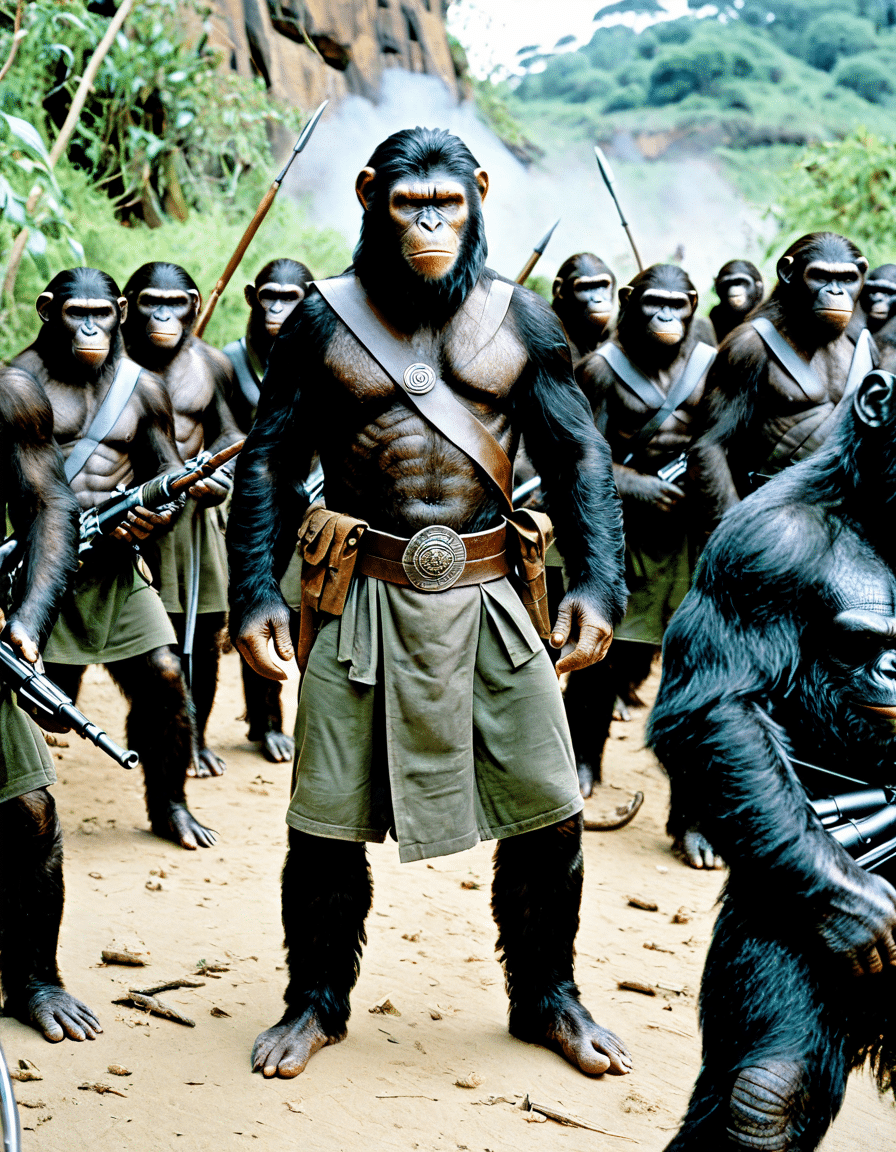
2. Top 5 Defining Moments of Koba in the Planet of the Apes Saga
To fully grasp Koba’s fury and nuanced motivations, let’s explore five key moments that define his character:
1. The Revelation of His Past
In Dawn of the Planet of the Apes, Koba’s haunting flashbacks reveal his torment in human captivity. This pivotal scene establishes the foundation of his profound hatred and creates a sympathetic understanding of his character. It’s a powerful moment that humanizes him while simultaneously justifying his radical stance.
2. The Betrayal of Caesar
Koba’s betrayal of Caesar unfolds into an intense struggle for leadership. Believing Caesar to be weak, Koba usurps authority, illustrating a quick descent from ally to adversary. This conflict is rich with themes of trust as it interrogates the nature of leadership within revolutionary movements.
3. The Exploitation of Caesar’s Kindness
Koba smartly manipulates the loyalties of the apes, twisting their admiration for Caesar against him. By framing attacks on humans as acts of protection, he highlights his strategic cunning—a departure from brute force that makes him a more interesting antagonist. This intelligence amplifies the stakes and complicates the audience’s perception of good versus evil.
4. The Descent into Madness
As conflicts escalate in War for the Planet of the Apes, Koba becomes increasingly deranged. His descent illustrates the thin line between hero and villain, driven by unchecked ambition as he spirals into madness. This transformation serves as a stark reminder of how desperation can lead to self-destruction.
5. Legacy and Impact
Koba’s death represents more than just an end—it signifies the cycles of hatred and violence. His actions resonate throughout the series, affecting Caesar and the other apes. Koba becomes a cautionary tale about the lengths one will go to for survival, reminding audiences that his legacy lingers in the shadows, shaping future decisions and conflicts.
3. Koba’s Influence: Escape from the Planet of the Apes’ Interpretations
In exploring Koba’s influence within the Planet of the Apes narrative, it’s fascinating to see how his presence resonates throughout the series. In Escape from the Planet of the Apes, discussions regarding ape evolution and the fear of returning to a state of human control become pivotal. Koba’s legacy prompts storytelling that explores identity, oppression, and the cyclical nature of trauma.
The ongoing interplay between humans and apes post-Koba reflects the potential for revolt against oppression. His character becomes symbolic of the fight for freedom, and while inspiring, it can also terrify. Filmmakers delve into the consequences of Koba’s trail of violence, inviting audiences to question what leads individuals to embrace such drastic measures in their struggles for liberty.
As human and ape interdependence grows, Koba embodies the notion that violence often begets violence. His actions ripple through the series, emphasizing that unresolved trauma can lead to repeating cycles in history. Understanding Koba challenges viewers to grapple with profound themes of empathy and conflict, making his legacy all the more significant.
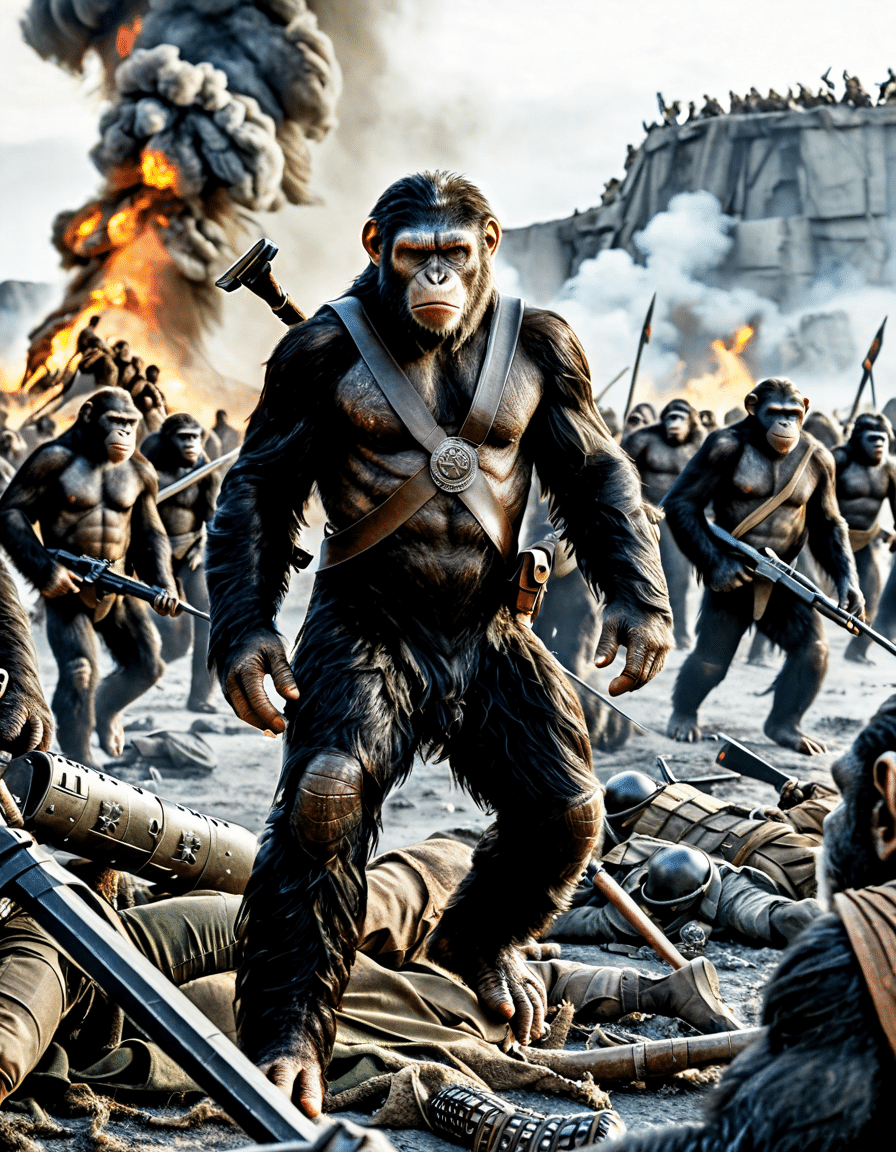
4. Analyzing Koba: Reflection on Modern Antagonism
Koba is more than just a villain; he encapsulates modern portrayals of antagonists and invites reflection on contemporary issues. In an era where stories resonate with authenticity, Koba’s journey becomes a lens through which we can understand the depth of empathy in villainous characters. His multi-layered motivations challenge audiences to confront their own fears and biases, creating narratives that are not only engaging but also meaningful.
Koba represents the product of his environment—a reflection of how systemic oppression shapes individuals into what society perceives as villains. This exploration opens doors for filmmakers and audiences to engage with complex themes surrounding conflict and coexistence. By allowing for this empathetic understanding, the storytelling surrounding Koba transforms traditional villain archetypes into characters we can learn from.
Without a doubt, Koba from Planet of the Apes reminds us that the journey from victim to villain is often paved with suffering and struggle. His story resonates as a powerful emblem of rebellion, urging us to look beyond the surface and engage with the deeper issues of identity and morality. The complexity of Koba’s character serves as a significant contribution to cinematic storytelling, encouraging us to reflect on our perceptions of good and evil.
In conclusion, Koba’s narrative from Dawn of the Planet of the Apes to War for the Planet of the Apes offers an intricate canvas for examining modern antagonism. His legacy continues to inspire discussions around trauma, resistance, and the multifaceted nature of conflict, paving the way for richer storytelling in the future. As audiences immerse themselves in the Planet of the Apes saga, they walk away with a deeper understanding of the human condition—one that isn’t just about heroes, but also about the complex figures like Koba who shape our world in unexpected ways.
Koba: Planet of the Apes’ Complex Villain Behind the Fury
The Man Behind the Mask
Koba from Planet of the Apes isn’t just a villain; he’s a symbol of betrayal and rage, consistently challenging the idea of loyalty and coexistence. Notably portrayed through striking motion-capture technology, the character reflects a deep-seated animosity towards humans, starkly illustrated in how he interacts with Caesar and his comrades. Did you know that the voice of Koba was brought to life by actor Toby Kebbell, who went on to be part of various projects, including a film with a historically fierce cast, akin to the What Women Want cast? This meticulous approach to character development has cemented Koba as one of cinema’s most memorable antagonists.
Koba’s Fearsome Creation
Interestingly, Koba’s design draws inspiration from a very real, fearsome species of primate—you guessed it, the gorilla! But he’s also got a bit of a flamboyant side, reminiscent of characters like Corduroy Bear, which adds a layered charm to his ferocity. While this complex villain grapples with his past trauma, he also resounds with audiences who might identify with his struggles. The same notion of seeking acceptance can also be found in cultures expressed in diverse films, just like Haneul, where survival and identity interlace, showcasing the varied shades of character motivations.
A Lesson from Koba
Through his ferocious actions, Koba teaches us a valuable lesson about the consequences of hatred and revenge. His fierce spirit resonates with viewers worldwide, much like how the tales of legendary figures like Yolanda Hill robinson inspire others. Yet, there’s more—Koba’s representation raises questions about how trauma influences decisions. As we dive deeper, one can’t help but think about how past wounds can shape our lives. Take Scott Stapp, whose life journey echoes Koba’s in exploring redemption despite turmoil. In many ways, Koba serves as a cautionary tale, reinforcing the idea that it’s vital to confront one’s demons rather than allowing them to dictate our actions, much like the emotional undercurrents seen in Tiger Trout stardew gameplay.
